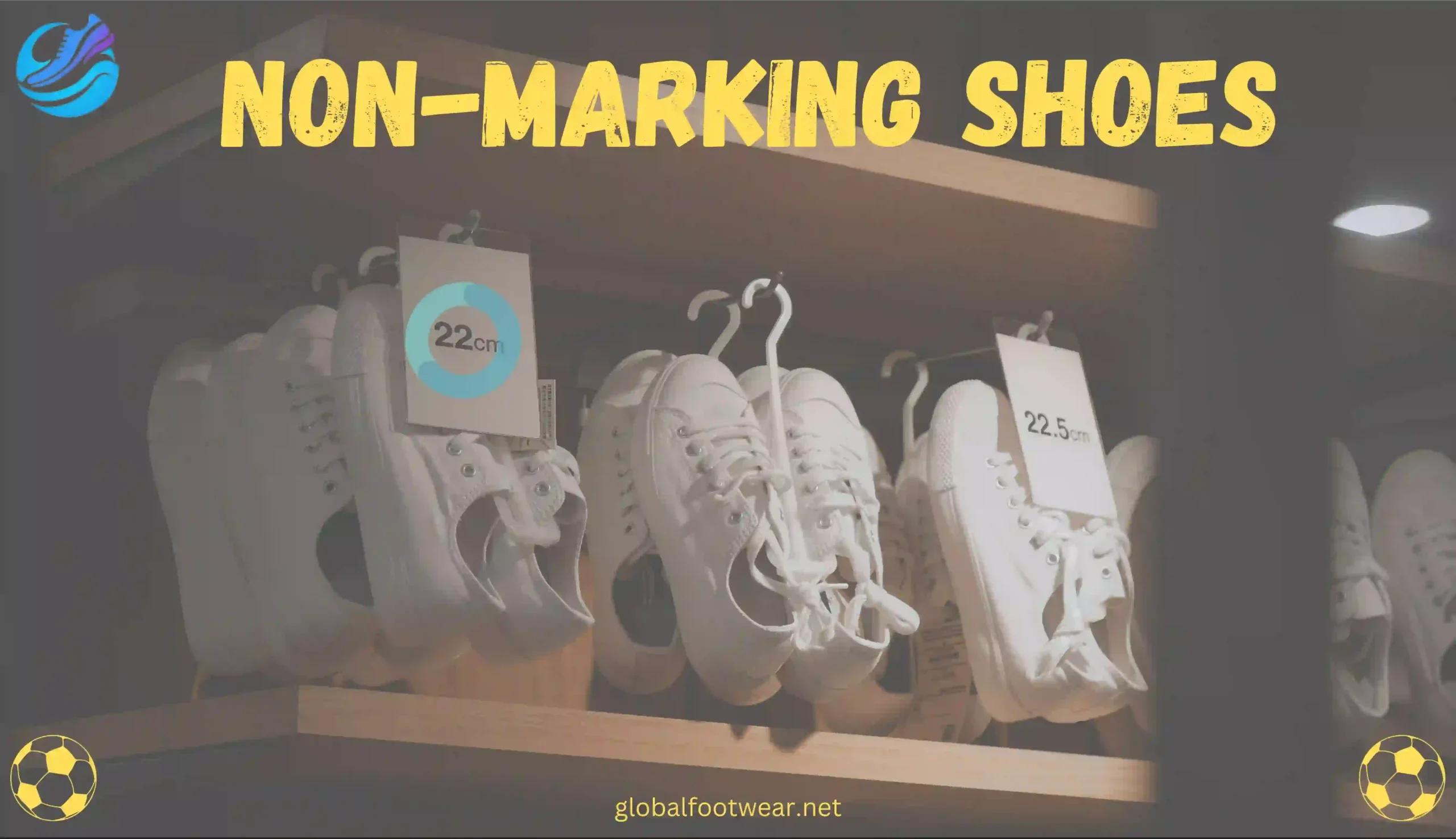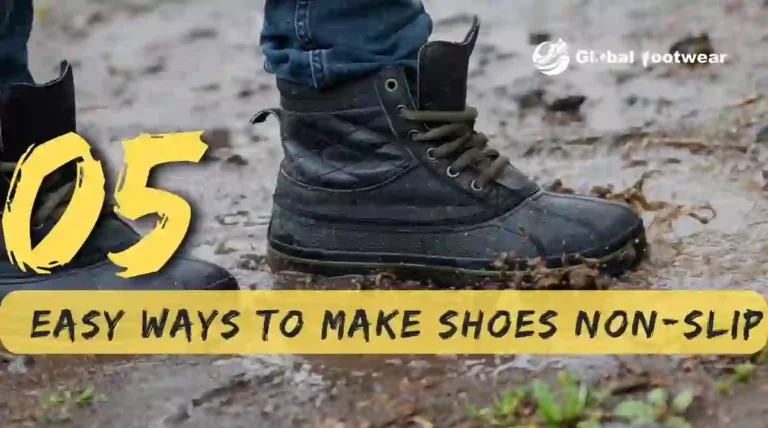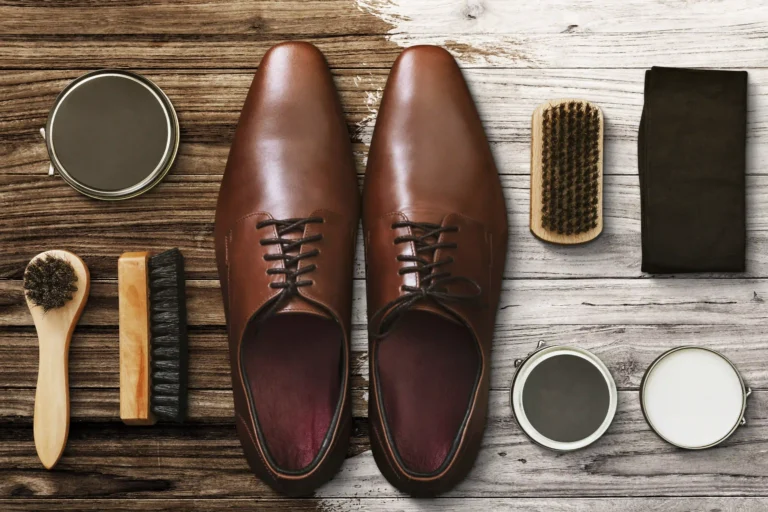What are non-marking shoes?
Shoes having different soles that don’t scratch or leave markings on surfaces are known as non-marking shoes. These shoes offer a fashionable and useful option which makes them perfect for indoor and perfected events. What is a Non marking shoes provide a smooth walk and effortlessly blend style and utility whether worn for social occasions or city adventure.
What’s the big deal about marking vs non-marking shoes?
The impact of footwear on surfaces is the main point of difference in the discussion between markings versus Non-marking shoes. Scratches and marks can be left on floors by marking shoes that frequently have dark or rough bottoms, especially in polished or indoor areas. This can be an issue in places like homes, workplaces, or event sites where neatness and aesthetics are important.
On the other hand, Non-marking shoes are specifically crafted with soles that minimize or eliminate the risk of leaving marks. These shoes typically feature lighter-colored and softer materials that are gentler on surfaces. The appeal of non-marking shoes lies in their ability to provide a clean and polished appearance while preserving the integrity of floors.
Non-marking shoes are a useful and fashionable option for a variety of situations including formal occasions and daily tasks. Wearing non-marking or marking shoes can significantly impact the cleanliness of the area whether you’re attending a formal event or going through a modern hotel lobby. Sometimes, as they say, it matters more how you walk than where you walk.
Various Styles of Non-Marking Shoes

- Tennis Shoes with Non-Marking Sole
Non-marking outsoles are common to all tennis shoes which are made for court sports and are made to prevent damage to indoor tennis courts. These shoes are adaptable providing comfort and style for a range of casual occasions.
- Boat Shoes with Non-Marking Outsoles
Boat shoes have non-marking outsoles to shield the deck from scratches and are made exclusively for use on boats. They are suitable for nautical conditions because to their non-slip nature and light-colored soles. Boat shoes are popular outside of the boating community due to their timeless and fashionable appeal.
- Athletic Shoes for Indoor Courts
Non-marking soles are a feature of athletic shoes made for indoor sports like badminton, volleyball, or basketball. On gym flooring, these shoes promote grip without leaving noticeable markings. They keep the floor clean while providing the support and stability required for heavy court activities.
- Non-marking Soles for Dress Shoes
Modern dress shoes combine elegance and practicality with non-marking outsoles. These shoes protect polished surfaces from scuffs and are appropriate for business and formal settings. They are a great option for a polished and tidy appearance because of their non-marking property which increases their attractiveness.
- Running Shoes with Non-Marking Soles
For those people who participate in both indoor and outdoor sports, certain running shoes are made with non-marking outsoles. These running shoes maintain the appropriate level of support, cushioning, and grip without sacrificing the cleanliness of the floor. They can be used in a variety of situations and surfaces.
When thinking about non-marking shoes it’s important to consider the unique demands of your places and activities. Each variety has its own set of advantages helping you to find the ideal balance between performance, style, and floor preservation.
How to recognize non-marking shoes?

To determine if you have non-marking shoes or not there are primarily two methods.
1. Touch the feel of the sole. Softer rubber or synthetic materials that are gentler on surfaces are frequently used in non-marking footwear. Turn your shoes inside out and press your thumb into the sole. If the dent heals quickly your shoes won’t leave any marks. A non-marking sole is probably made to feel softer and less sticky.
2. Place a piece of plain white paper on the ground. Don’t rip the paper instead use your shoes to drag their soles firmly against the ground. Now check the paper for a scuff mark. If you don’t find any then you’re wearing a non-marking shoe.
Also, examine the shade of color of the shoe’s sole. The soles of non-marking shoes are usually clear or light in color. Scratches and marks on flooring are more likely to be left by dark or strongly pigmented soles.
How non-marking shoes should be maintained?
A few simple steps can be done to maintain non-marking shoes and guarantee their longevity and functionality
Clean Regularly
After each use, use a moist towel or sponge to wipe the soles clean. By doing this the chance of dirt and leaving marks on surfaces will decrease.
Use Gentle Cleaning Agents
When cleaning, use a dedicated shoe cleaner or light soap. Severe chemicals can damage the material and damage the sole’s ability to stay unmarked.
Air Dry
After cleaning, leave your non-marking shoes air dry. Keep them away from direct heat sources since too much heat can damage the sole material.
Rotate Your Shoes
Try to alternate between several pairs of shoes. This lessens wear and tear by allowing each pair to breathe out and regain its natural shape.
You can maintain the best possible condition for your non-marking shoes and make sure they continue to provide comfort and style including these shoe care methods into your routine.
Are non-marking shoes appropriate for all sports?
Not all sports require the use of non-marking shoes. Although they are perfect for indoor court sports like badminton, basketball, and volleyball, each sport has specific needs that may allow for different types of footwear. For example, tennis shoes are designed for the lateral motions required on a tennis court. Running shoes emphasize outside performance even though some may have non-marking soles. To avoid deck scuffs, boat shoes with non-marking outsoles are essential. Take into account the distinct needs of every sport and select shoes that will improve performance while satisfying the needs of the specific field.
Conclusion
Shoes that don’t leave marks on the ground are very adaptable and ideal for a variety of situations. These shoes are perfect for boating, indoor court activities, and formal events because of their soft, light-colored bottoms that prevent surface scuffs. Their popularity comes from their ability to combine design, usefulness, and cleanliness in an ideal way, making them a sensible option for people who value both fashion and floor preservation. For those looking for a well-rounded and dependable footwear alternative, non-marking shoes provide a neat and fashionable solution for them.







